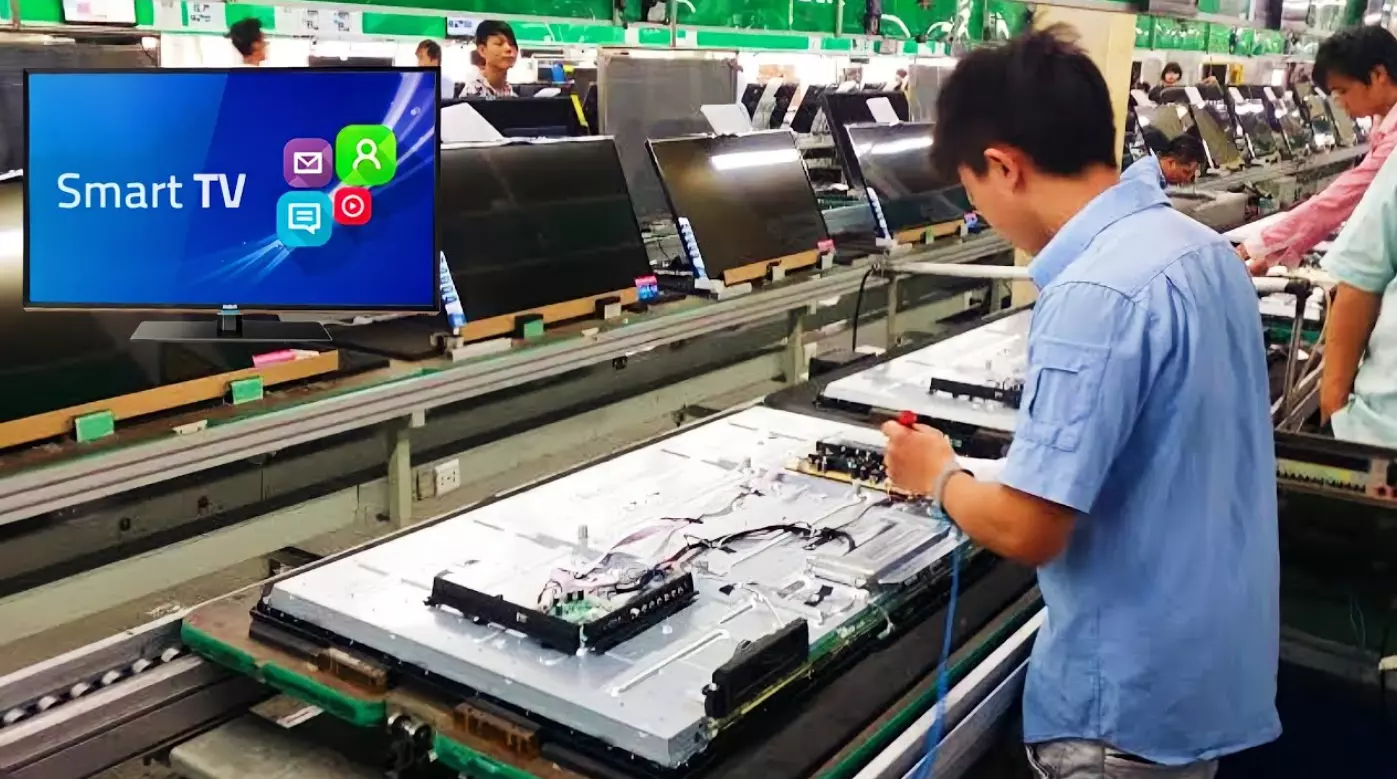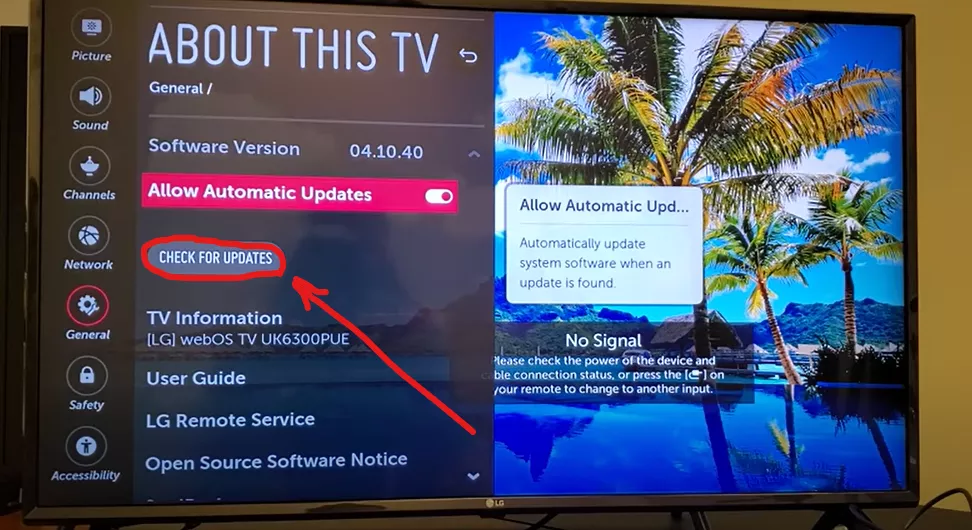Smart TV industry keeps growing every year!
Just in 2021, two big players in the TV industry, Samsung and LG, had really significant sales.
According to Advanced Television, Samsung sold a whopping 9.43 million QLED TVs, making it a total of 26 million units sold in just five years. Meanwhile, LG Electronics sold a whopping 27.332 million TVs, and out of those, 6,525,000 were OLED TVs.
It’s quite a big business, and the number of units sold keeps increasing every year!
“But have you ever wondered why your TV seems to break down or become obsolete after a few years? Or why do you feel the urge to buy the latest model even though your current one works fine?”
If so, you may be a victim of the hidden practice that TV manufacturers use to boost their profits and manipulate consumers.
This practice is usually called “planned obsolescence”.
Just a Quick Heads-up: “Planned obsolescence” is a deliberate strategy employed by manufacturers to design and produce products with a limited lifespan or functionality, with the intention of encouraging consumers to replace those products with newer models. In other words, it’s the practice of intentionally creating products that will become outdated, non-functional, or less desirable within a relatively short period of time.
1) They Use Cheap Components That Break Down Easily

This is the main strategy used by big TV manufacturers to keep their business stable.
Typically, a smart TV consists of three main parts: a mainboard, a power supply board, and a T-con board. Within these three components, there are hundreds of amplifiers, capacitors, resistors, and a bunch of other circuits.
When they assemble these components onto the boards, they deliberately use cheaper ones in some places.
And the result?
These low-quality capacitors start leaking or even explode after just a few years of use, leading to common issues like the TV not turning on, problems with the sound, distorted images, and so on!
However, it’s not just the internal components; they sometimes use low-quality plastic for the TV’s outer casing too!
To understand this strategy better, you need to know about something called “design life” or “mean time between failures (MTBF).”
2) They Stop Providing Update To Older Models and Include Hidden Software

In general thinking, there is a valid reason that older models can’t hold the latest software upgrade due to basically hardware limitations and software compatibility.
But, there’s another secret agenda lurking beneath the surface.
They cut off software updates mainly because of their greedy business model and to push users to buy their new and advanced models.
This strategy ensures that older TVs gradually become incompatible with the new streaming services, apps, and features that people rely on more and more.
However, there have been rumors that TV manufacturers sometimes include harmful code in their final updates that slow down a TV’s performance and functionality.
Even though there’s no hard proof yet, Apple did something similar a few years ago!
You may have heard that Apple was accused of intentionally slowing down older iPhones through software updates.
At first, Apple denied it, but in 2017, they admitted to releasing updates that intentionally reduced the performance of older iPhones to prevent unexpected shutdowns caused by aging batteries.
This raised suspicions that Apple was trying to push users into upgrading to newer models.
In response to the controversy, Apple apologized and offered discounted battery replacements for affected devices.
In 2020, they settled a class-action lawsuit for $113 million over this issue, which alleged that they had engaged in deceptive practices by not disclosing the software updates that slowed down older iPhones.
3) They Manipulate Consumer’s Perception

Apart from what I’ve discussed, TV manufacturers employ another common method known as “psychological obsolescence” tricks to make you believe that your current TV isn’t up to par.
They run flashy ads showcasing their newest TVs, making them appear fantastic and loaded with new features.
For example, they might say “There’s only a limited supply”, so you feel like you need to get it quickly. Or they might show that lots of people love their TVs (social proof), or they might get famous people to say you should buy them (authority).
Sometimes, they just make the old TV models seem boring by changing how the new ones look or what colors they come in.
All of this can make you feel like your TV isn’t as good as it used to be, even if it still works perfectly fine.
So, you end up wanting to buy the latest model, even if you don’t really need it.
This is what marketers call “psychological obsolescence,” where they make you think your TV is outdated just because they made a newer one.
FAQs
Q: Is planned obsolescence illegal?
While not directly illegal, some countries have regulations addressing certain aspects of it, such as requiring manufacturers to provide spare parts for a certain period.
Q: Are there any companies that are fighting against planned obsolescence?
Yes! Some companies are actively working to design products that are built to last and can be easily repaired.
Look for brands that prioritize sustainability and offer long-term warranties or repair programs.

Abdul Kader, a handy guy and experienced founder of a TV repair shop in Gulshan, Dhaka, Bangladesh. He is mainly an expert in understanding and repairing different types of issues with Smart TVs and providing helpful insights on how to keep them in good working order. Read his Full Story.

